Food inflation, expected to accelerate to 3.3% by the end of the year, will require an evolution of product mix and pricing if retailers are to thrive, new research shows.
The survey, commissioned by Palmer & Harvey (P&H), shows consumers are already feeling the impact of higher prices, although separate research from the Institute of Customer Service found that shoppers are prepared to pay a premium for “outstanding customer service”.
Office for National Statistics Data shows rising inflation across a range of factory-gate prices for food produce with bakery prices up 5.4%, packaged meat up 10.9%, dairy up 16.5% and vegetables up 14% since the Brexit referendum last June.
P&H found that consumers intended to switch products, brands and stores as well as cutting back on eating out in favour of regular home cooking.
Data from the survey of more than 2,000 consumers that Retail Economics undertook for the wholesaler showed more than half indicated they would trade down to cheaper own-brand alternatives.
Some 47% said they would consider switching to a cheaper food retailer altogether.
This trend was particularly marked among 16-24s, two-thirds of whom suggested they would happily abandon traditional loyalties.
Martyn Ward, managing director of Palmer & Harvey, said consumers were currently only feeling the thin edge of the wedge of rising prices, yet an uncertain political and macroeconomic backdrop and a weaker outlook for personal finances meant they were less optimistic about the future of the economy and were poised to tighten their belts as inflation outstripped wage growth.
“Our research shows that it will be critical to the success of food and grocery retailers, wholesalers and suppliers to rapidly adapt to changing consumer behaviour, as shoppers shift towards own label, cheaper alternatives and cut back on any non-essentials.
“Those that quickly grasp the opportunity to evolve their product mix and pricing will be the winners in this challenging environment,” he said.
Richard Lim, chief executive of Retail economics noted “significant opportunities” for retailers who could adjust their proposition to provide the right product mix, at a competitive price and “in a convenient and enticing environment.”
Research from the Institute of Customer Service found that shoppers would be willing to pay an average of 17% more for goods and services if that meant guaranteed service levels.
It found consumers from the South East would spend an average of 21% more to guarantee service levels – whereas those from the North average at 15% extra spend.
Those aged 18 to 34 from across the UK would be willing to pay an average of 23% more for service, the institute found.
















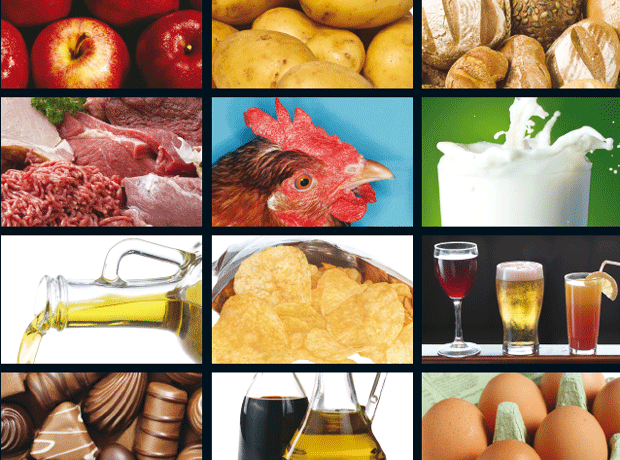

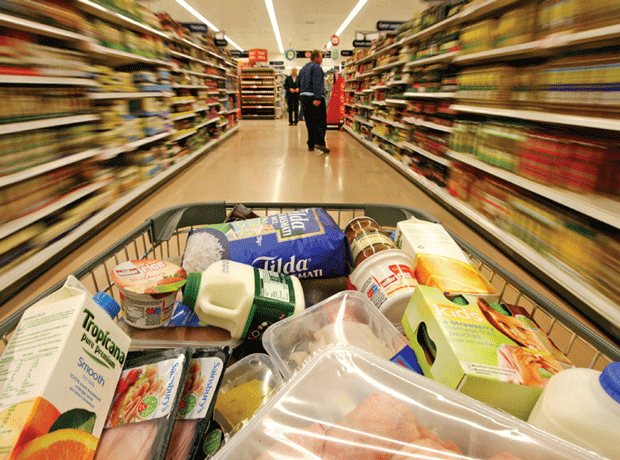
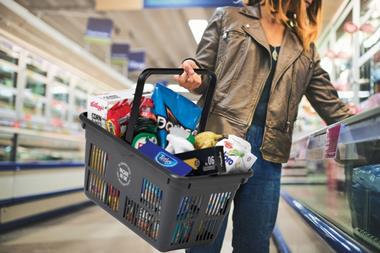
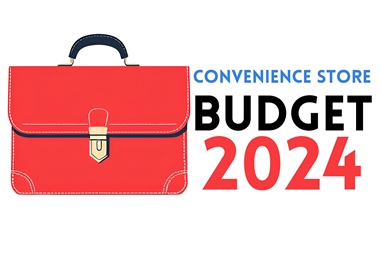
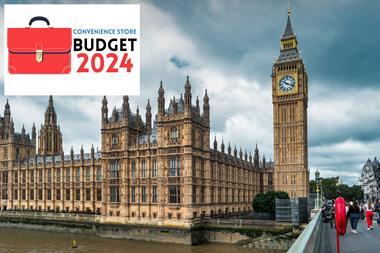
No comments yet